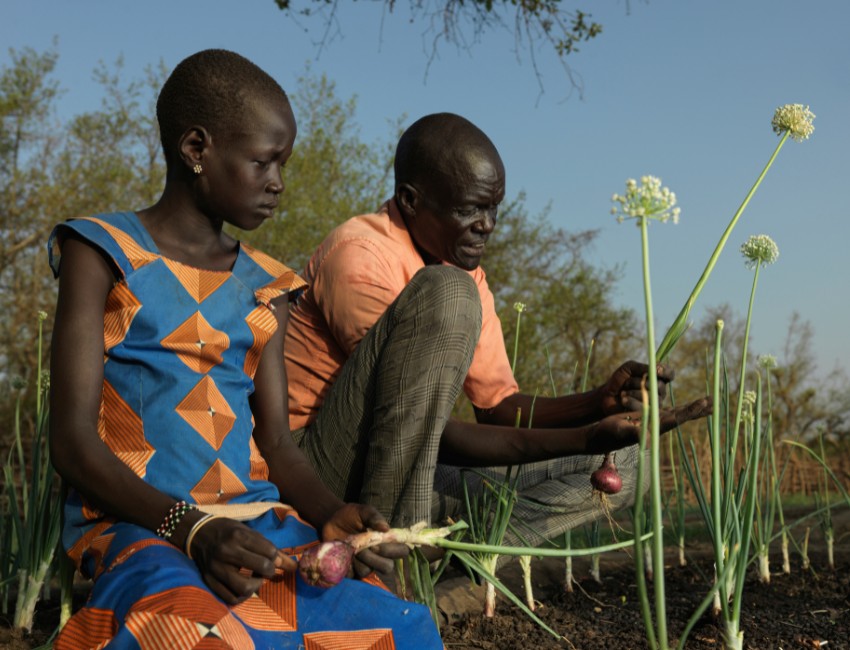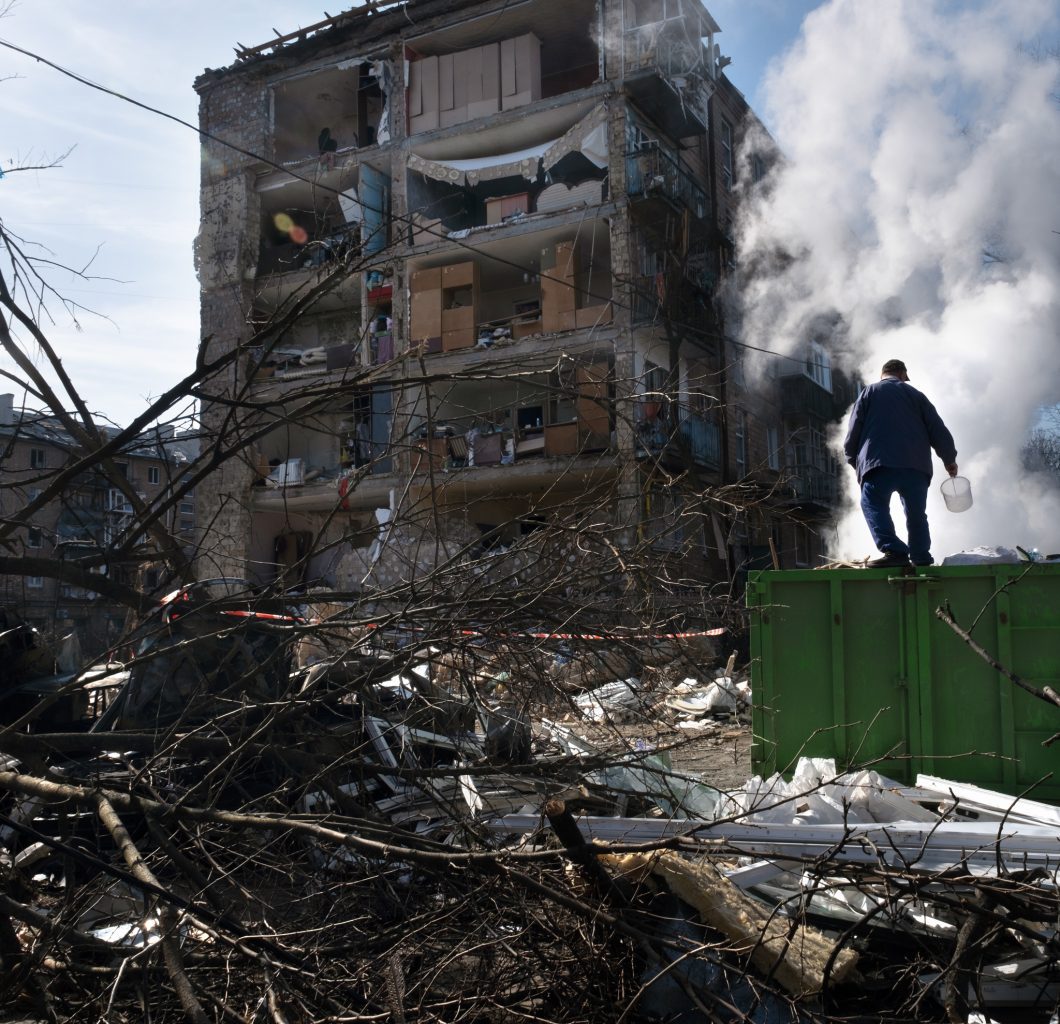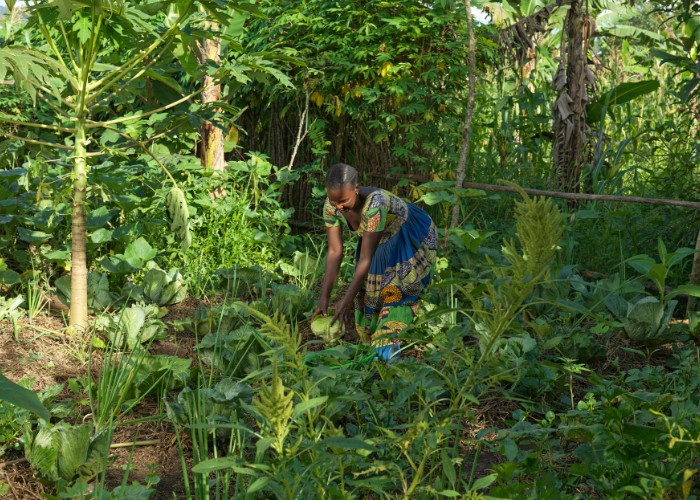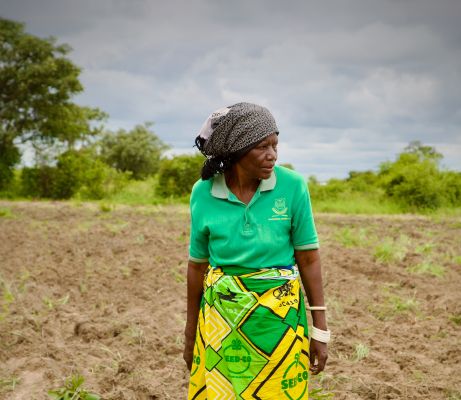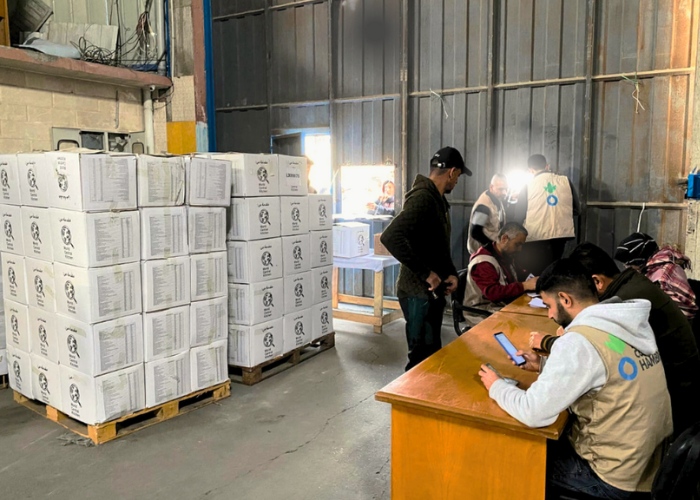According to the UN Hunger Hotspots report released in November 2024, the countries with the highest level of hunger alert are:
- Haiti
- Mali
- South Sudan
- Sudan
- Occupied Palestinian Territories
Find out about what’s causing hunger in the hungriest countries in the world – and what we’re doing to fight it.
Countries with highest hunger levels
Haiti
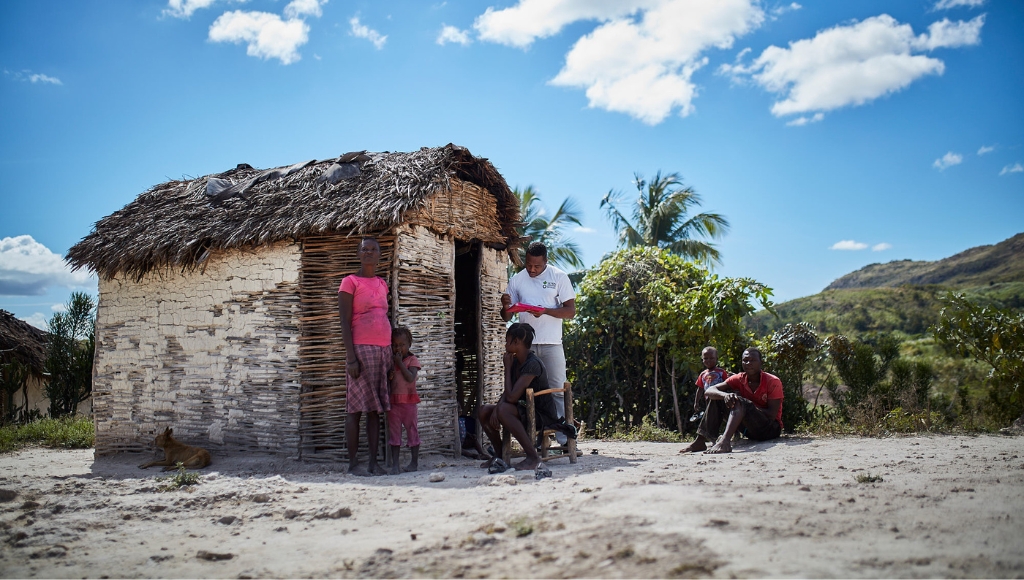
Continuing violence and a long economic crisis means Haiti remains on the list of the hungriest countries in the world. And the crisis is set to worsen. between March and June 2025, nearly 2 million people are projected to reach an emergency level of food insecurity.
More people are fleeing their homes due to violence and conflict, and displaced families are living in terrible living conditions. With an above-average Haiti hurricane season on its way and crop yields predicted to be low, already critical levels of malnutrition are rising.
Tackling the hunger crisis in Haiti
We’ve been delivering life-saving food, water and healthcare to the communities hardest hit by the hunger crisis in Haiti. We work alongside families to build long-term solutions, so they can break free from food insecurity for good.
Our humanitarian work in Haiti includes:
- treating severe malnutrition in women and children
- providing emergency food aid to families in crisis
- delivering clean water and sanitation.
When cholera hit Haiti in 2022, our aid teams acted fast, bring clean water, hygiene education and medical treatments to people most at risk. And we won’t stop until Haiti is no longer one of the hungriest countries in the world.
Sudan
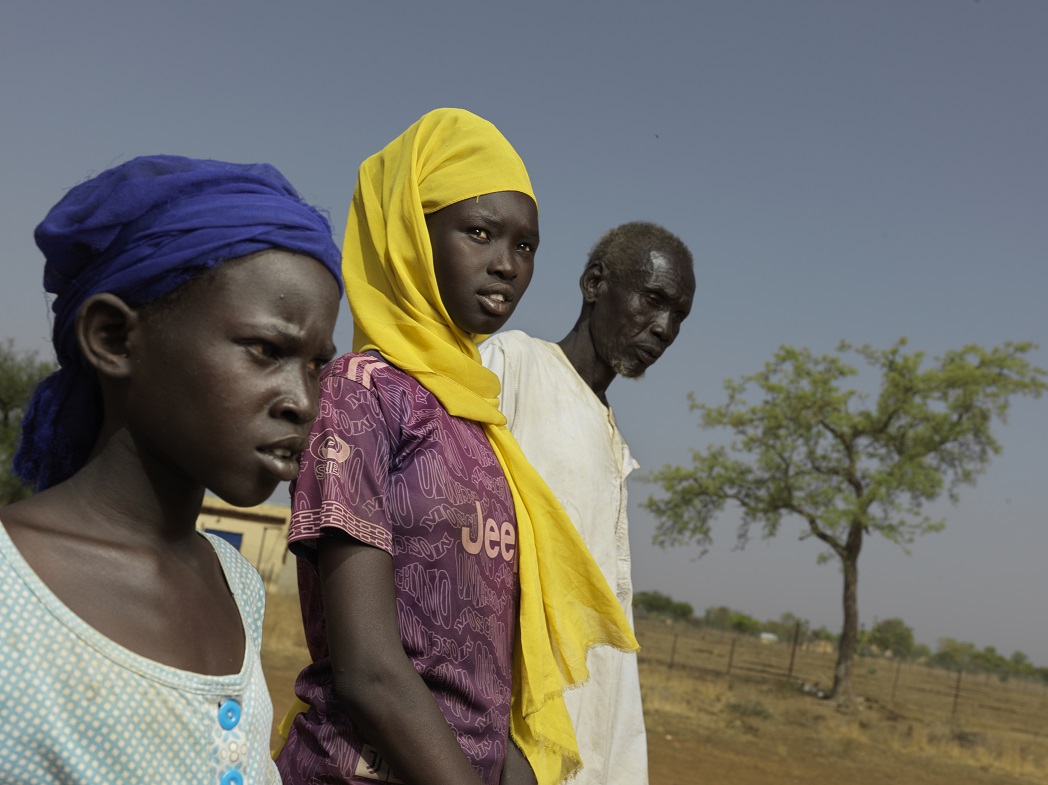
Ackuon, Arek Luach Nhial and their grandfather Kerbino Agany Athien from Sudan.
Since conflict in Sudan began in April 2023, over 11.3 million people have been displaced. And as the violence persists, more people are expected to flee their homes across Sudan. Families will not have access to the food they need to survive.
In July 2024, famine levels were reported in Zamzam camp for internally displaced people in North Darfur. Many areas in Sudan will likely remain at risk of famine, with a deepening economic crisis and restricted access for humanitarian aid worsening hunger across the country.
Malnutrition treatment and medical supplies in Sudan
We’ve been working in Sudan since 2018. In 2022, we helped refugees in Darfur, Sudan and other regions through our nutrition services. We tackled malnutrition by improving healthcare systems, giving vaccinations and increasing the number of children we screened for malnutrition.
We also helped introduce early warning systems, so local communities can adapt better to extreme weather caused by climate change.
Mali
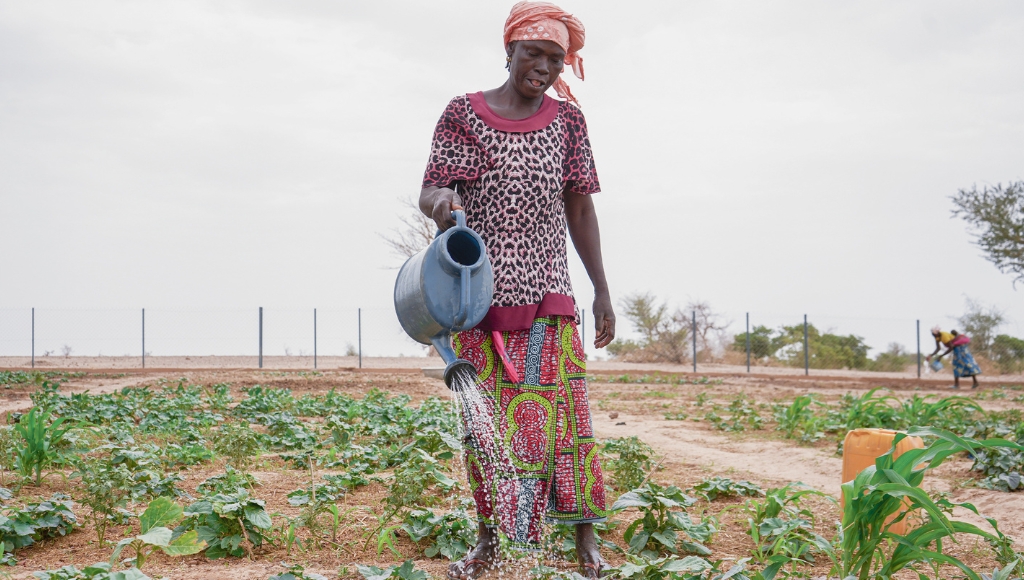
In Mali, ongoing conflict is pushing more people towards critical levels of hunger. In Mopti, Gao, Tombouctou and Kidal, 120,000 people were projected to reach an emergency level of food insecurity between June and August 2024.
War has continued to spiral in Mali since late 2023, with violent groups creating blockades to stop food and aid reaching those who need it. The hunger crisis in Mali is now reaching catastrophic levels.
Essential aid programmes in Mali
To help communities displaced by violence in Mali, we’ve provided people with nutritious food, clean water, good hygiene and safe toilets. We also continue to run healthcare services through our mobile health clinics, and we offer mental health support to people affected by the conflict.
South Sudan
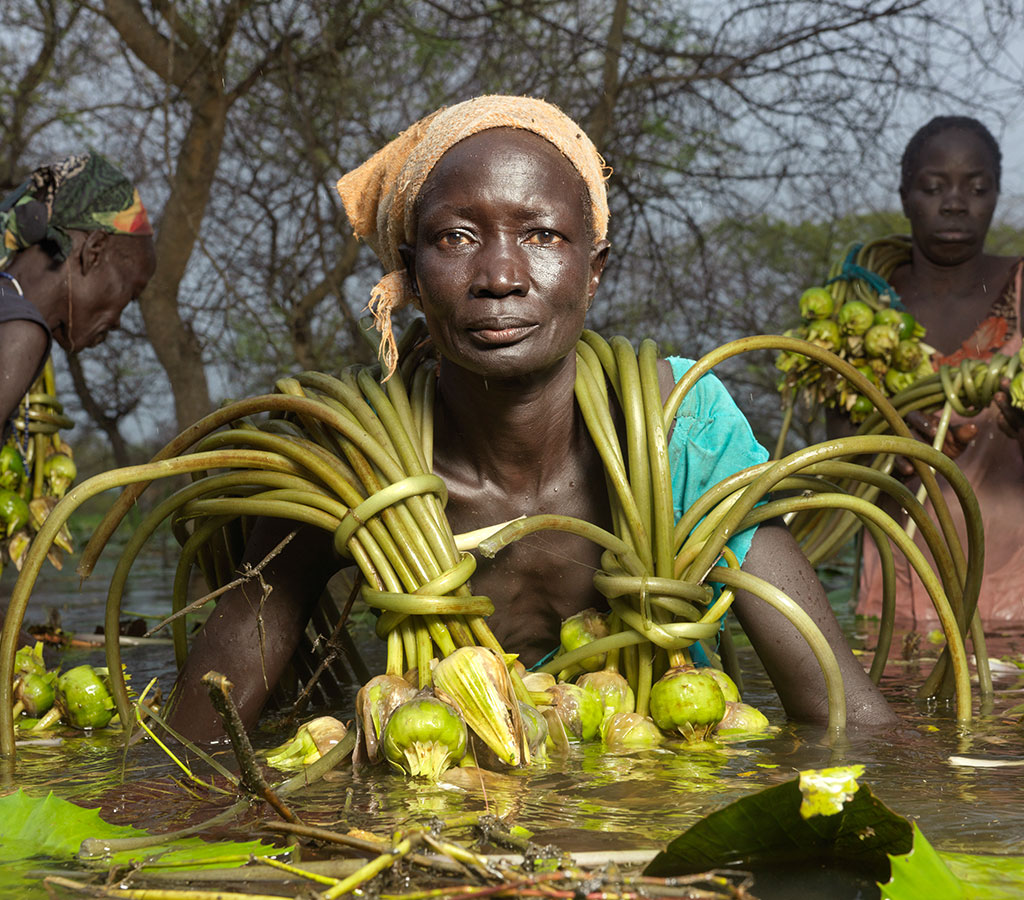
Food security is expected to worsen in South Sudan in 2025 with high food prices, economic challenges and conflict driving hunger. Between April and July 2024, 2.3 million people were projected to reach emergency levels of food insecurity.
The arrival of returnees and refugees from Sudan is set to spike at the end of the rainy reason. Flooding in South Sudan has destroyed crops and communities, displacing more families.
Lack of resources to support displaced people is putting pressure on existing Sudanese communities, who are already struggling to find enough food to survive.
Long-term hunger solutions in South Sudan
We’re often the only aid organisation providing life-saving health and nutrition services in remote areas of South Sudan. We’ve supported more than 5,000 farmers with training and the tools to grow nutritious crops and continue to treat children and pregnant and breastfeeding women for malnutrition. We also distribute vital food baskets to families affected by floods and provide access to clean water, good hygiene and safe toilets.
Occupied Palestinian Territories
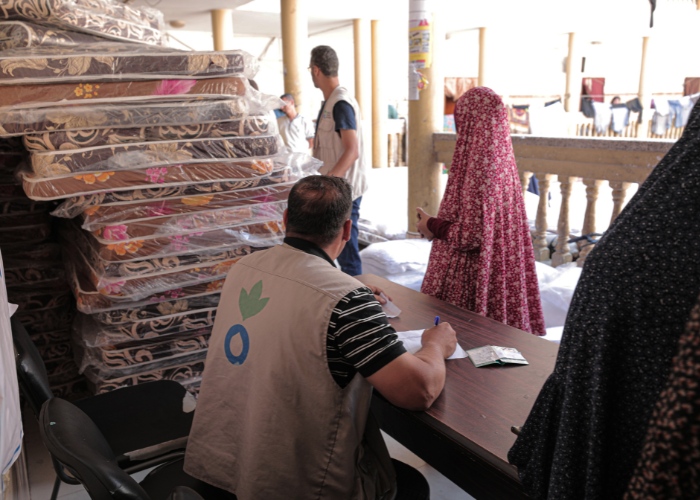
With a recent surge in violence, famine in Gaza has now been declared. Conflict is continuing to destroy livelihoods, with approximately 1.9 million people – 90% of people in Gaza – having fled their homes as of October 2024.
Food systems have been destroyed, access to essential goods has been restricted, and humanitarian access has been blocked. The situation is critical – between November 2024 and April 2024, 876,000 people in Gaza are projected to face emergency levels of food insecurity.
Hunger is also likely to rise in the West Bank, where increasing violence, poverty, unemployment, forced displacement, and economic decline are set to continue.
Delivering emergency aid in Gaza
We’ve been working in Gaza since 2005 and the West Bank since 2002, so we were able to begin our response in early October. Since then we’ve reached over 837,000 people, including over 709,000 through water, sanitation and hygiene (WASH) programmes.
Our programmes in the Occupied Palestinian Territory include:
- entrepreneurship and economic empowerment for women and young people
- providing clean water, safe toilets and good hygiene – including in healthcare facilities
- providing cash so people can buy what they need
In Gaza, our emergency teams have been working tirelessly to:
- distribute hot meals and hygiene kits
- provide nutrition supplements to mothers and babies
- truck clean water to communities
- connect people with shelters
Other countries on hunger hotspots list
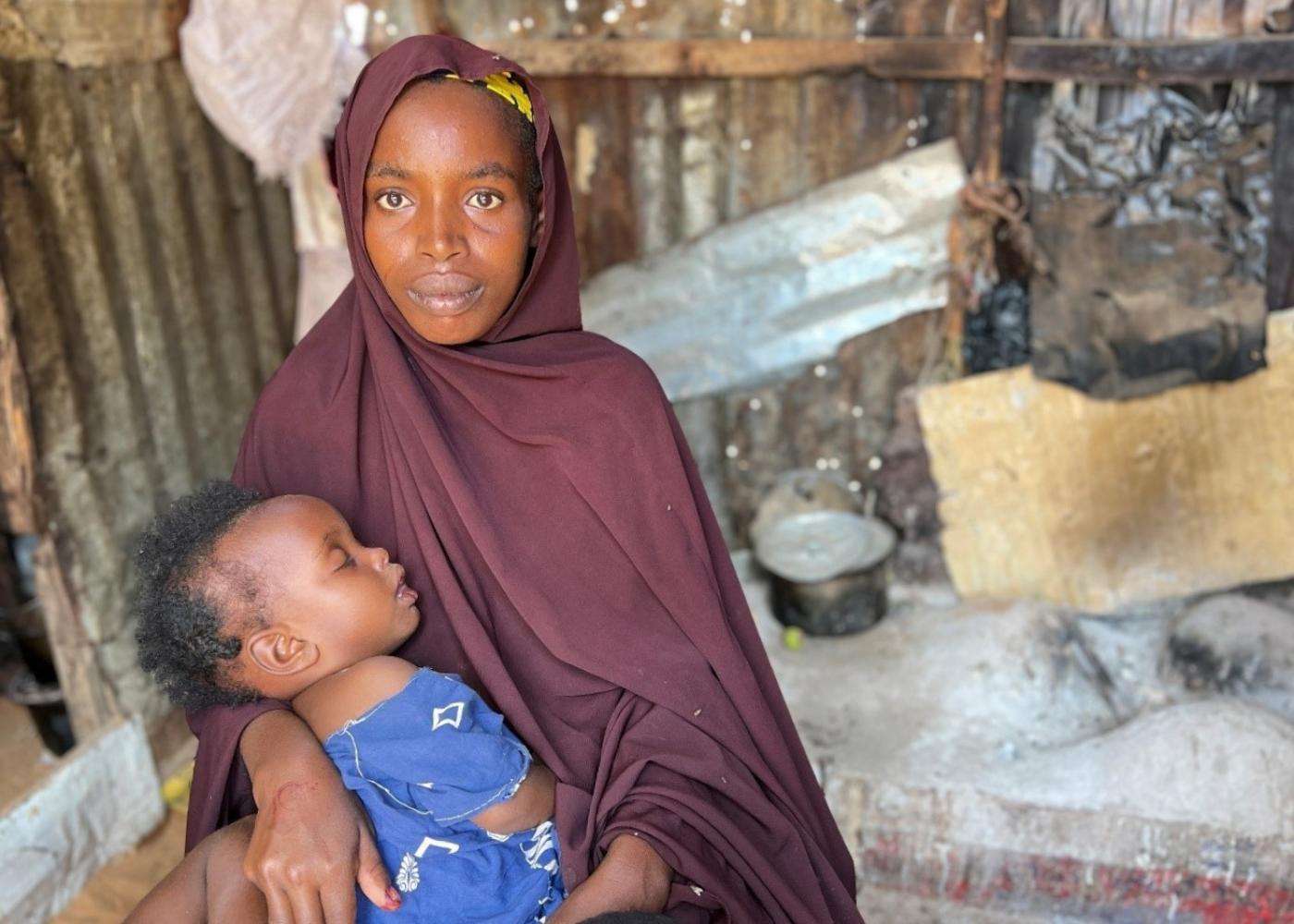
Countries at risk of becoming hunger hotspots
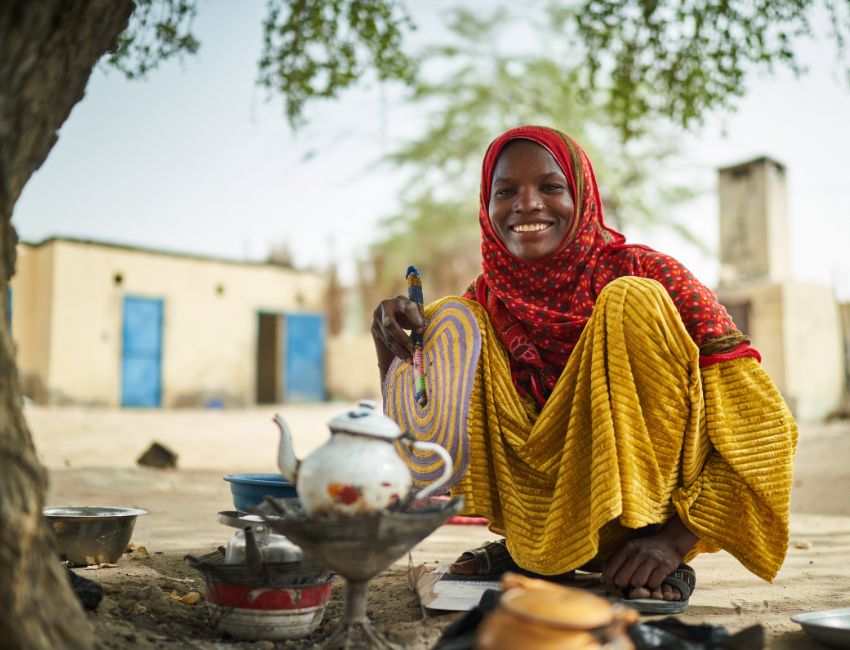
The situation in the following countries is deteriorating quickly and they’re at risk of joining the hungriest countries:

